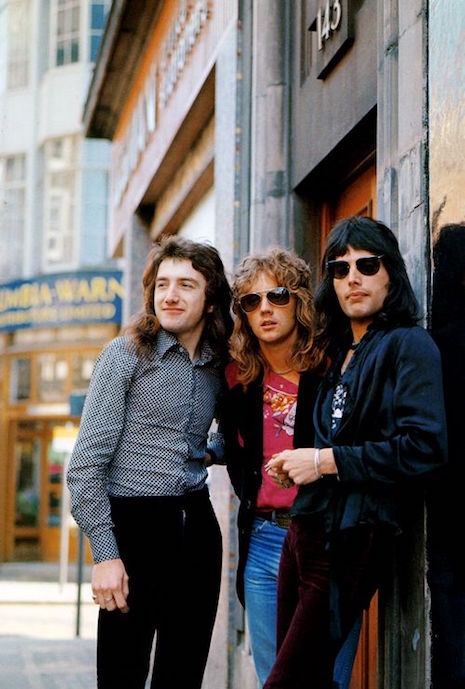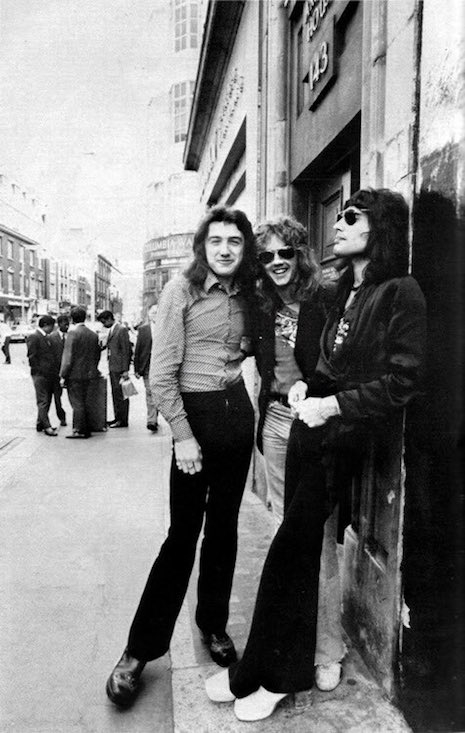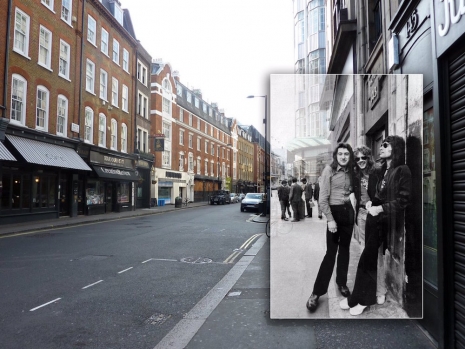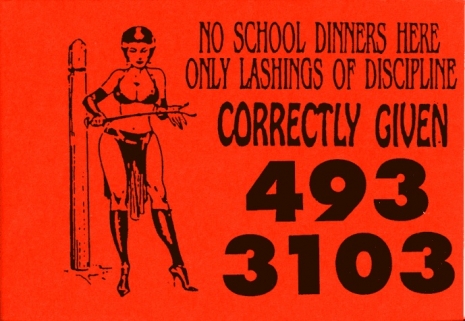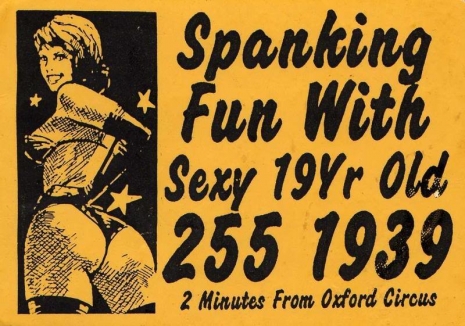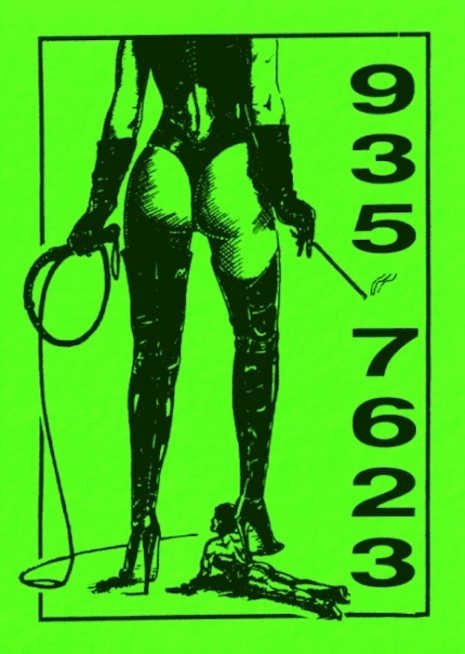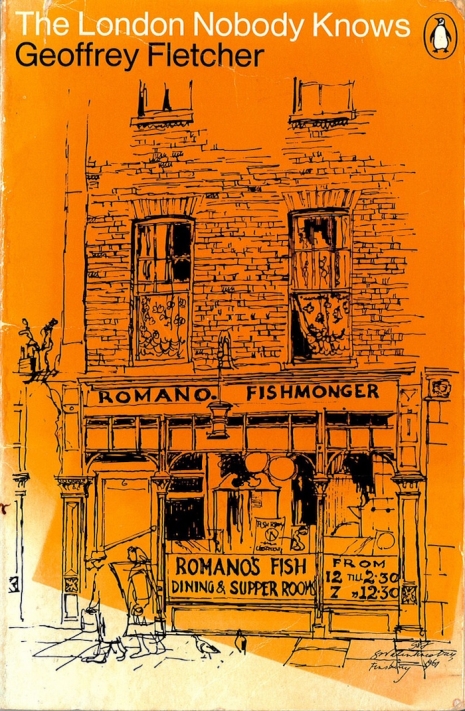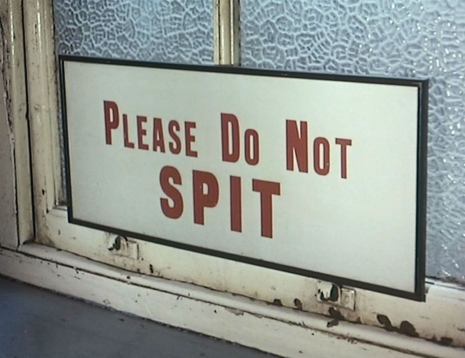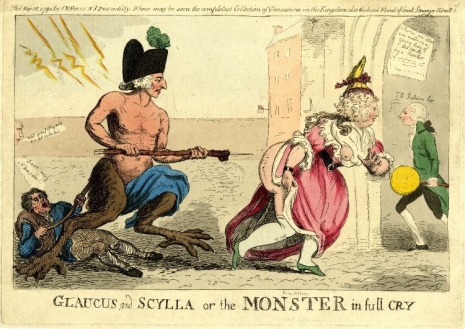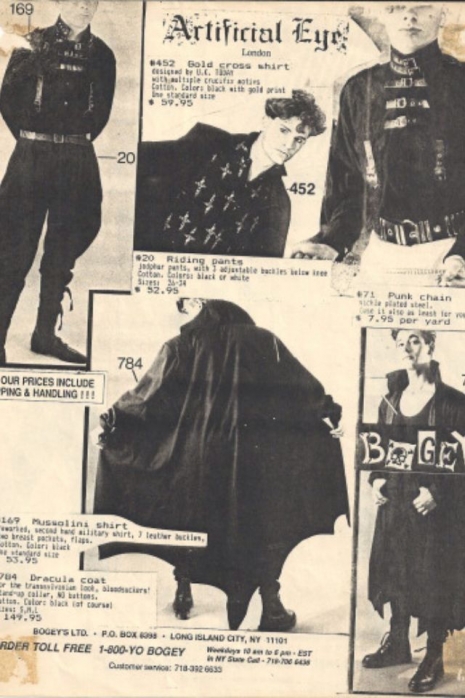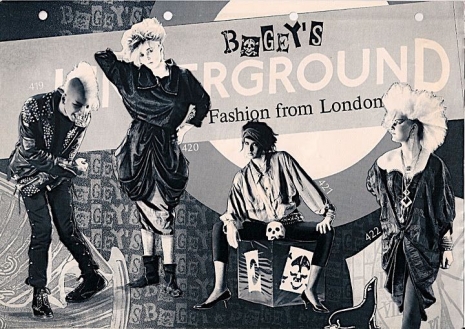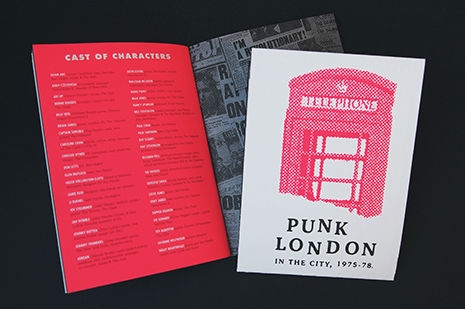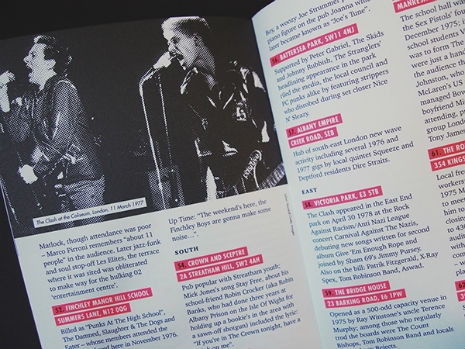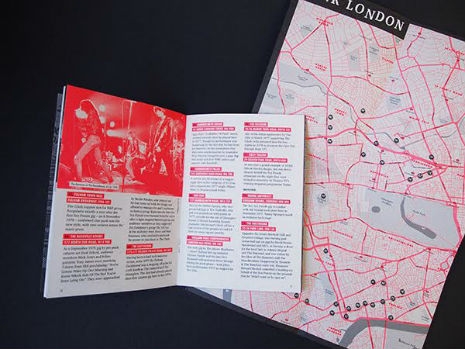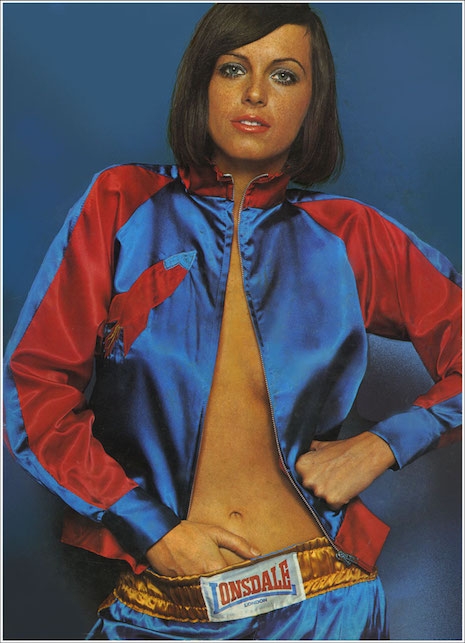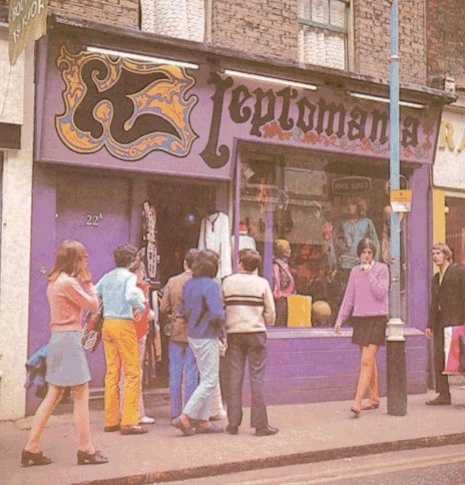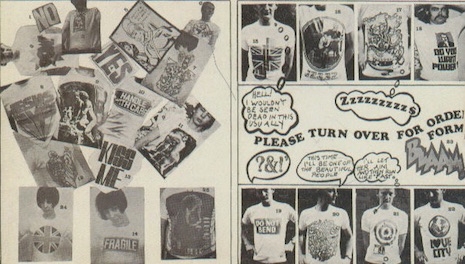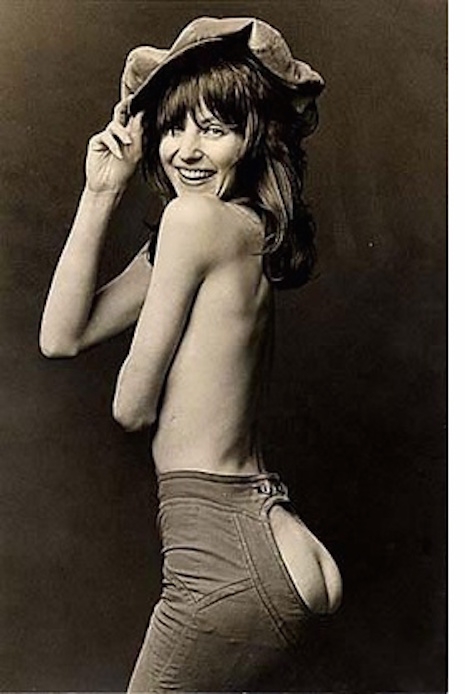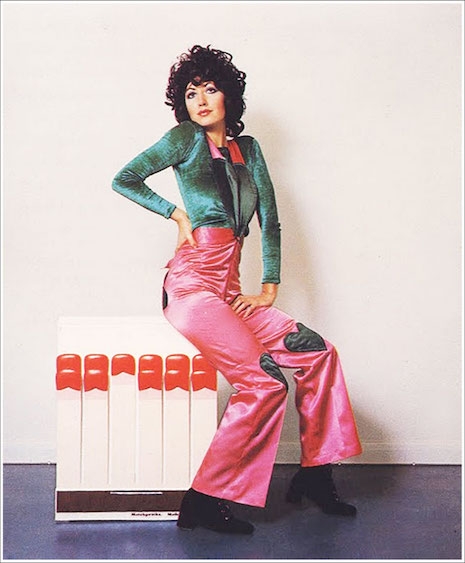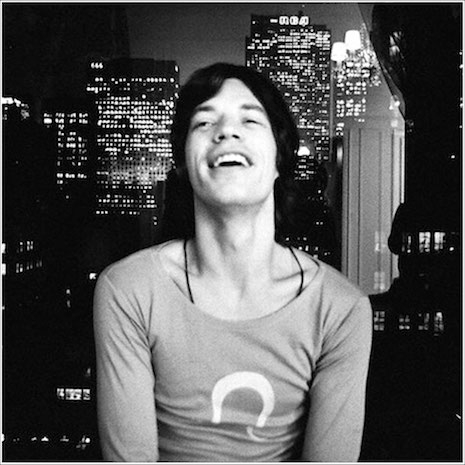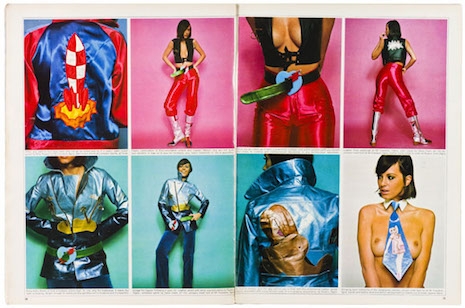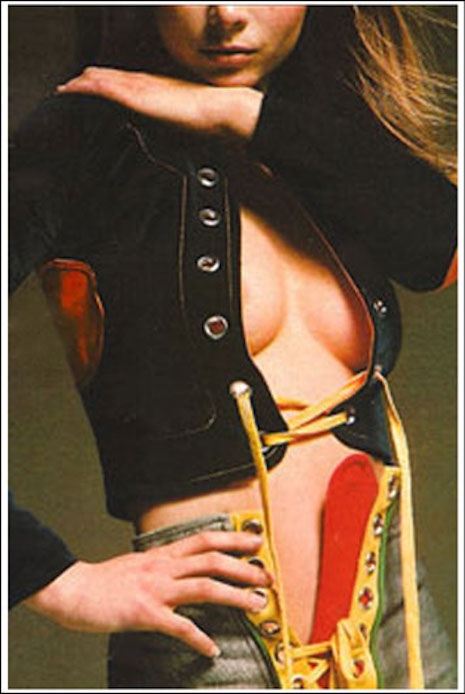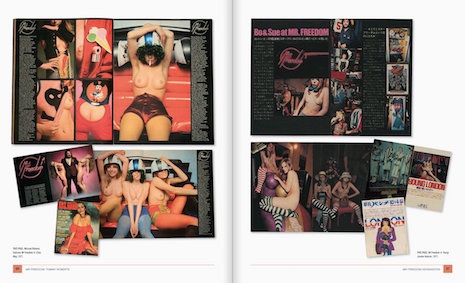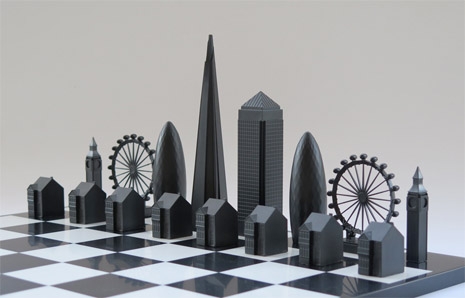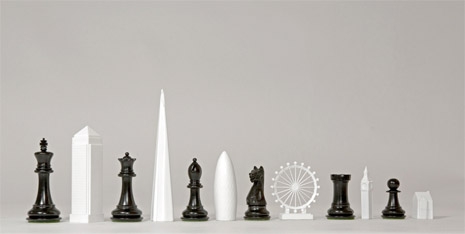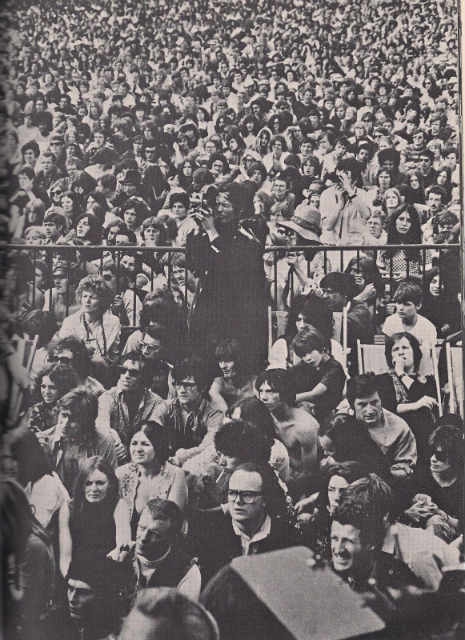
“I did it because my girlfriend said she loved Frank.”
—Trevor Howell on why he pushed Frank Zappa off the stage during a show at the Rainbow Theater in London in 1971
Ah, jealousy. The ugly sometimes side-effect of falling in love. Recently we told the story here on Dangerous Minds about the time Axl Rose threatened to kill David Bowie because he thought Ziggy was trying to make time with his girlfriend, Erin Everly. This horrifying incident is far worse, though, and involves Frank Zappa plummeting approximately fifteen feet off the stage at the Rainbow Theater in London.
Zappa and The Mothers of Invention had just survived a massive fire at the Montreux Casino in Switzerland the week prior. After Zappa and the group returned onstage for their encore, 24-year-old Trevor Howell shot out from the backstage area and assailed Zappa causing him to fall from the stage where he landed on the concrete floor of the orchestra pit. As if this wasn’t bad enough, as he lay unconscious in the pit, a monitor fell on top of him. In his book Zappa: Visual Documentary biographer Barry Miles recalled the scene inside the Rainbow after Frank fell:
“A chaotic scene ensued outside The Rainbow where the audience for the second concert were joined in the street by the audience from the first show. Wild rumors that Frank had been killed flashed through the massive crowd, and for upwards of at least an hour no one knew what was happening.”

The frantic scene following Zappa’s unscheduled landing in the orchestra pit.
But wait! It gets WORSE. After coming to, Zappa was taken away by ambulance to the Royal Northern Hospital in Holloway. There he was treated for the following conditions: an acute concussion/head trauma, a fractured leg, a broken rib and a series of fractures and other injuries to his neck, legs and back, as well as suffering from temporary paralysis of one of his arms. The fall even managed to crush Zappa’s larynx, which dropped Frank’s voice a third of an octave lower, making it more throaty and gruff. So what about the man who attacked Zappa, nearly costing him his life? In the book The Real Frank Zappa (written by Zappa and Peter Occhiogrosso), the revered musician wrote about two possible scenarios as to why Trevor Howell, who by various accounts had dropped a bunch of acid that night, came for him while he wasn’t looking:
“He (Howell) gave two stories to the press. One of them was that I had been “making eyes at his girlfriend.” That wasn’t true since the orchestra pit was not only fifteen feet deep but was also twice as wide and the spotlight was in my face. I can’t even see the audience in those situations—it’s like looking into a black hole. I never even saw the guy coming at me. Then he told another newspaper that he was pissed off because he felt we hadn’t given him “value for the money.” Choose your favorite story. After he punched me, he tried to escape into the audience, but a couple of guys in the road crew caught him and took him backstage to hold for the police. While I was recuperating at the Harley Street Clinic, Howell was released on bail, so I had a twenty-four-hour bodyguard outside my room because we didn’t know how insane he was.”
When he appeared in court to answer the charges on March 8th, 1972, Howell was sentenced to twelve months in jail after he admitted to “maliciously inflicting grievous bodily harm on Mr. Zappa”. Initially, Howell stated he attacked Zappa because his “girlfriend said she loved Frank” (who doesn’t?), but when the judge presiding over the case queried Howell as to why he had assaulted Zappa he said he thought that “Mr. Zappa was not giving value for the money” adding that Zappa and The Mothers of Invention were treating the audience like “dirt” (noted in the book Electric Don Quixote: The Definitive Story Of Frank Zappa). Zappa would end up spending almost a year rolling around in a wheelchair following the incident and his body never completely healed, specifically his fractured leg which, once deemed healed, was shorter than his other leg. Frank would later write a song about his wonky leg “Dancin’ Fool” including the lyric “Ì don’t know much about dancin’, that’s why I got this song. One of my legs is shorter than the other and both my feet’s too long.” Proof that you really can’t keep a good man down.
A few images of Frank Zappa in his trusty wheelchair follow, along with a clip of “Dancin’ Fool” from 1978…






